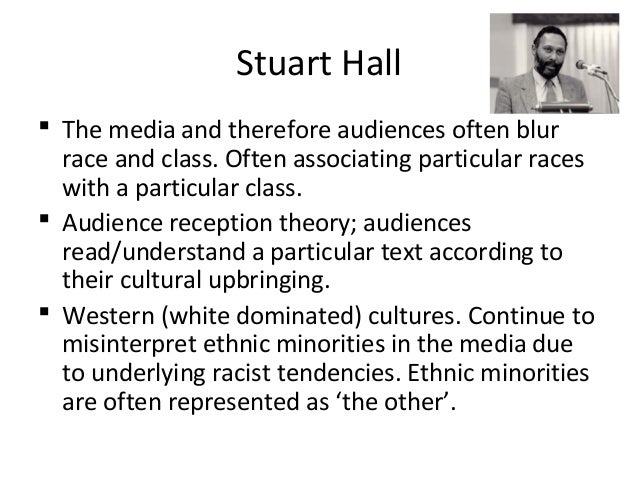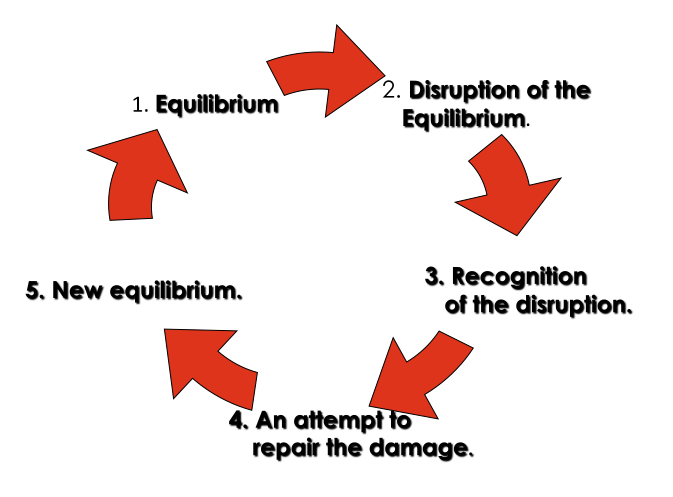Disequilibrium: The period of instability and insecurity in a films narrative.
Enigma: The question or mystery that is posed in a films narrative.
Equilibrium: A state of piece and calm.
Framing: Selection of elements such as character, setting and iconography.
Genre: Films with the same elements are grouped together.
Iconography: the objects within film that evoke certain meanings.
Intertextuality: Referring to another text through one text
Mis en scene: Everything you can see colours, lighting, facial expressions, props, make up, costume.
Narrative: Described description of non fiction and fiction events.
Glossary of Terms for TV DRAMA ANALYSIS
CAMERA
SHOTS
Aerial Shot – A camera shot taken from an overhead position. Often used
as an establishing shot.
Close Up – A head and shoulders shot often used to show
expressions/emotions of a character. Also can be a shot of an object, filmed
from close to the object or zoomed in to it, that reveals detail.
Extreme Close Up – A shot where a part of a face or body of a character
fills the whole frame/dominates the frame. Also can be a shot of an object
where only a small part of it dominates the frame.
Establishing Shot – A shot that establishes a scene, often giving their
viewer information about where the scene is set. Can be a close up shot (of a
sign etc) but is often a wide/long shot and usually appears at the beginning of
a scene.
Medium Shot – The framing of a subject from waist up.
Two Shot – A shot of two characters, possible engaging in conversation.
Usually to signify/establish some sort of relationship.
Point-Of-View Shot (POV) – Shows a view from the subject’s perspective.
This shot is usually edited so that the viewer is aware who’s point of view it
is.
Over the Shoulder Shot – looking from behind a character’s shoulder, at
a subject. The character facing the subject usually occupies 1/3 of the frame
but it depends on what meaning the director wants to create (for example, if
the subject is an inferior character, the character facing them may take up
more of the frame to emphasise this)
Overhead Shot – A type of camera shot in which the camera is positioned
above the character, action or object being filmed.
Reaction Shot – A shot that shows
the reaction of a character either to another character or an event within the
sequence.
CAMERA
ANGLES
Camera
Angle – The position of the camera in
relation to the subject of a shot. The camera might be at a high angle, a low
angle or at eye level with what is being filmed.
High Angle – A camera angle that looks down upon a subject or object.
Often used to make the subject or object appear small or vulnerable.
Low Angle – A camera angle that looks up at a subject or object. Often
used to make the subject/object appear powerful/dominant.
Canted framing (or oblique) – camera angle that makes what is shot
appear to be skewed or tilted.
CAMERA MOVEMENT
Pan – Where the camera pivots horizontally, either from right to left or
left to right to reveal a set or setting. This can be used to give the viewer a
panoramic view. Sometimes used to establish a scene.
Track - a shot where the camera follows a subject/object. The tracking
shot can include smooth movements forward, backward, along the side of the
subject, or on a curve but cannot include complex movement around a subject.
‘Track’ refers to rails in which a wheeled platform (which has the camera on
it) sits on in order to carry out smooth movement.
Crane – A crane shot is sometimes used to signify the end of a scene/
programme /film. The effect is achieved by the camera being put onto a crane
that can move upward.
Steadicam - A steadicam is a stabilising mount for a camera which
mechanically isolates the operator's movement from the camera, allowing a very
smooth shot even when the operator is moving quickly over an uneven surface.
Informally, the word may also be used to refer to the combination of the mount
and camera.
Tilt - where a camera scans a set or setting vertically (otherwise
similar to a pan).
Zoom – Using a zoom lens to appear to be moving closer to (zoom in) or
further away from (zoom out) a subject/object when in fact the camera may not
move (so, strictly not camera movement). Can be used for dramatic effect.
Sound
Diegetic
Sound – Sound that can be heard by the
characters within a scene- part of the imaginary world.
Non-diegetic Sound – Sound that the characters cannot hear and is not
part of the imaginary world of the story. This includes a musical soundtrack or
a voiceover (however this excludes a narration by a character within the story
– referred to as an internal monologue and is diegetic).
Score – The musical component of a programme’s soundtrack usually
composed specifically for the scene.
Sound Effects – Sounds that are added to a film during the
post-production stage.
Editing
Editing – The stage in the film-making process in which
sound and images are organised into an overall narrative.
Continuity Editing – The most
common type of editing, which aims to create a sense of reality and time moving
forward. Also nick named invisible editing referring to how the technique does
not draw attention to the editing process.
Jump Cut – An abrupt, disorientating transitional device in the middle
of a continues shot in which the action is noticeably advanced in time and/or
cut between two similar shots, usually done to create discontinuity for
artistic effect.
Credits – The information at the beginning and end of a film, which
gives details of cast and crew etc.
Cross Cutting – The editing technique of alternating, interweaving, or
interspersing one narrative action (scene, sequence or event) with another –
usually in different locations or places, thus combining the two: this editing
technique usually suggests Parallel action (that takes place simultaneously).
Often used to dramatically build tension and/or suspense in chase scenes or to
compare two different scenes. Also known as inter-cutting or parallel editing
Cutaways – A brief shot that momentarily interrupts continuous action by
briefly inserting another related action. Object, or person (sometimes not part
of the principle scene or main action), followed by a cutback to the original
shot.
Freeze Frame – The effect of seemingly stopping a film in order to focus
in on one event or element.
Eye-line Match – A type of edit which cuts from one character to what
that character has been looking at.
Flashback – A scene or moment in a film in which the audience is shown
an event that happened earlier in the film’s narrative.
Graphic Match – An edit effect in which two different objects of the
same shape are dissolved from one into the other.
Juxtaposition – The placement of two (often opposed) images on either
side of an edit to create an effect.
Linear Narrative – A style of storytelling in which events happen
chronologically.
Montage Editing – The juxtaposition of seemingly unconnected images in
order to create meaning.
Parallel Editing – A type of editing in which events in two locations
are cut together, in order to imply a connection between the two sets of
events.
Visual Effects - Visual effects are usually used to alter
previously-filmed elements by adding, removing or enhancing objects within the
scene.
Match on Action - A shot that emphasises continuity of space and time by
matching the action of the preceding shot with the continuation of the action.
(For example a shot of a door opening after a shot of a close up of a
character’s hand turning a door handle)
Mise en
Scene
Mise en
scene – a French term, which literally
means ‘put into the frame’. When analysing a sequence the term refers to
everything you see in the frame:
Props, e.g. - in a police drama this could mean a gun or
a badge, also can mean iconography.
Costume - the colour and style of the actor/subject can
have important connotations and denotations about their character, role within
narrative, etc.
Lighting - the harshness or softness of light has differing
effects on representing the mood of a scene.
Colour - if you've studied psychology then you'll
understand what each colour signifies. The colours used in popular
brandings are significant in determining their identity. For example, 'the
golden arches' but also says a lot about a person or company's ideology.
Makeup - we're not just talking about a bit of slap here,
this can refer to masks, prosthetics and special effects.


